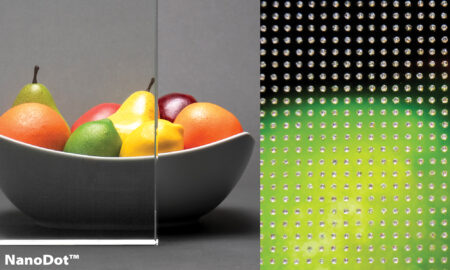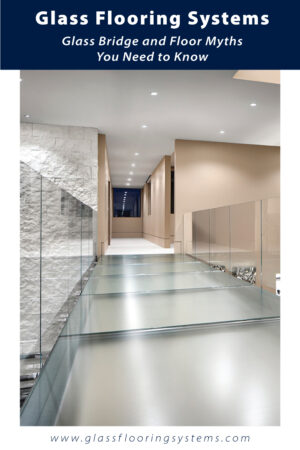
Glass floors and bridges have captivated architects and designers for years, but they’re still surrounded by plenty of misconceptions. Concerns about strength, safety, and practicality often overshadow the facts. Whether you’re planning a glass bridge for a commercial building design or adding a glass floor to a luxury home design, it’s essential to understand the truth behind the myths. Here’s what you need to know.
Myth 1: Glass Bridges Are Fragile
One of the most common misconceptions is that a glass bridge is fragile and prone to cracking under pressure. In reality, today’s architectural glass is engineered with multiple layers of laminated, tempered panels that are incredibly strong.
At GFS, every glass flooring system is built using triple-laminated tempered glass, exceeding ASTM safety recommendations. Unlike competitors who may cut corners with dual-layer glass, our three-ply construction ensures maximum strength, redundancy, and post-breakage integrity. This commitment to quality means safer, more reliable walkable glass—engineered for peace of mind in every step.
Myth 2: Glass Floors Are Slippery

Many assume a glass floor is a hazard when it comes to slips and falls. However, modern glass floors are often treated with anti-slip finishes or textured surfaces that meet or exceed safety codes. Whether installed in a luxury home or a high-traffic commercial setting, today’s glass floors provide excellent traction without sacrificing elegance.
At Glass Flooring Systems, we adhere to the ANSI A326.3 American National Standard Test Method for Measuring the Dynamic Coefficient of Friction (DCOF) of Hard Surface Flooring Materials testing protocol. A BOT-3000E tribometer is used to obtain the DCOF of all our anti-slip textures. The ANSI A326.3 standard for measuring the Dynamic Coefficient of Friction (DCOF) is the accepted standard for measuring floor traction in the United States. In addition, the ANSI A326.3 provides clarification of appropriate use of flooring surfaces in wet or dry conditions.
Myth 3: Glass Bridges Lack Privacy

Another misconception is that glass bridges automatically eliminate privacy. Designers can customize the transparency level with options such as frosted, etched, or textured glass. These treatments allow light to pass through while obscuring the view, making them a versatile choice for both open-concept luxury home design and high-end commercial building design projects.
Myth 4: Glass Structures Are Too Expensive
While glass bridges and floors are premium features, they are more accessible than many believe. Because we manufacture standardized systems that are ICC certified, the material and engineering costs are reduced. Plus, when you factor in the visual impact, increased property value, and low maintenance, glass structures often provide a strong return on investment.
Myth 5: Glass Is Only for Indoor Use

It’s easy to think of glass as limited to interior spaces, but glass bridges and floors can be just as effective outdoors. Modern materials are built to withstand temperature fluctuations, moisture, and UV exposure. Outdoor glass bridges have become popular features in both luxury homes and innovative landscape designs, offering durability along with stunning visual appeal.

A glass bridge or glass floor isn’t just a bold design statement—it’s a safe, strong, and highly customizable element of modern architecture. Whether used in luxury home design or commercial building design, glass bridges offer a stunning way to combine innovation with style. Understanding the facts behind these myths helps bring your vision to life with confidence.
.png)




